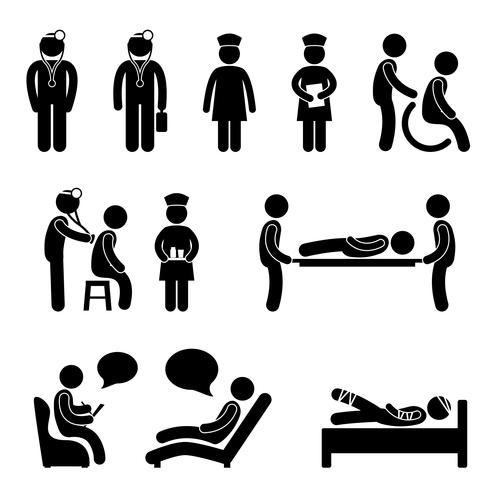State of mind stabilizers assist to calm areas of the mind that are impacted by bipolar affective disorder. These medicines are most effective when they are taken routinely.
It might take a while to find the best medicine that functions ideal for you and your doctor will check your problem throughout therapy. This will certainly entail regular blood tests and possibly a modification in your prescription.
Natural chemical law
Neurotransmitters are a group of chemicals that regulate one another in healthy individuals. When levels end up being out of balance, this can cause state of mind problems like depression, anxiety and mania. Mood stabilizers assist to avoid these episodes by assisting manage the equilibrium of these chemicals in the mind. They additionally might be made use of along with antidepressants to boost their performance.
Medications that function as state of mind stabilizers include lithium, anticonvulsants and antipsychotics. Lithium is perhaps the most well known of these medications and works by impacting the flow of sodium with nerve and muscle mass cells. It is usually utilized to treat bipolar affective disorder, yet it can also be useful in treating other mood conditions. Anticonvulsants such as valproate, lamotrigine and carbamazepine are likewise efficient mood supporting medications.
It can take some time to discover the best kind of medicine and dose for every individual. It is very important to deal with your physician and participate in an open dialogue regarding how the medication is working for you. This can be especially helpful if you're experiencing any side effects.
Ion network inflection
Ion networks are a significant target of mood stabilizers and numerous other drugs. It is currently well developed that they are vibrant entities that can be regulated by a range of external stimuli. In addition, the modulation of these channels can have a series of temporal results. At one extreme, adjustments in gating characteristics may be fast and instantaneous, as in the nicotinic acetylcholine receptor/channel system. At the other end of the range, covalent adjustment by protein phosphorylation might lead to modifications in channel function that last longer.
The field of ion network inflection is going into a period of maturation. Current researches have actually demonstrated that transcranial focused ultrasound (United States) can promote neurons by activating mechanosensitive potassium and sodium networks installed within the cell membrane. This was demonstrated by shared networks from the two-pore domain potassium family in Xenopus oocytes, and concentrated United States substantially modulated the current moving with these channels at a holding voltage of -70 mV (right panel, loved one impact). The results are consistent with previous monitorings revealing that antidepressants affecting Kv channels manage glia-neuron communications to opposite depressive-like mindfulness therapy behaviors.
Neuroprotection
State of mind stabilizers, like lithium, valproic acid (VPA), and carbamazepine, are necessary in the treatment of bipolar disorder, which is characterized by recurring episodes of mania and clinical depression. These medications have neuroprotective and anti-apoptotic residential or commercial properties that help to stop mobile damage, and they additionally boost cellular strength and plasticity in useless synapses and neural circuitry.
These safety activities of mood stabilizers might be moderated by their inhibition of GSK-3, inositol signaling, and HDAC task. Moreover, long-lasting lithium treatment protects versus glutamate excitotoxicity in cultured neurons-- a version for neurodegenerative conditions.
Studies of the molecular and cellular results of mood stabilizers have revealed that these medications have a wide range of intracellular targets, consisting of multiple kinases and receptors, along with epigenetic adjustments. Refresher course is needed to determine if state of mind stabilizers have neurotrophic/neuroprotective actions that are cell kind or circuitry details, and exactly how these effects might complement the rapid-acting healing reaction of these representatives. This will aid to establish brand-new, faster acting, extra efficient treatments for psychological illnesses.
Intracellular signaling
Cell signaling is the procedure whereby cells communicate with their setting and other cells. It entails a sequence of action in which ligands engage with membrane-associated receptors and result in activation of intracellular paths that regulate essential downstream cellular features.
Mood stabilizers act upon intracellular signaling through the activation of serine-threonine healthy protein kinases, resulting in the phosphorylation of substrate proteins. This triggers signaling waterfalls, resulting in adjustments in genetics expression and cellular function.
Many state of mind stabilizers (including lithium, valproate and lamotrigine) target intracellular signaling pathways by hindering certain phosphatases or activating certain kinases. These effects create a decrease in the activity of these pathways, which results in a reduction in the synthesis of specific chemicals that can influence the brain and cause symptoms of anxiety or mania.
Some state of mind stabilizers also function by enhancing the activity of the repressive neurotransmitter gamma-aminobutryic acid (GABA). This improves the GABAergic transmission in the mind and lowers neural activity, consequently generating a calming impact.
